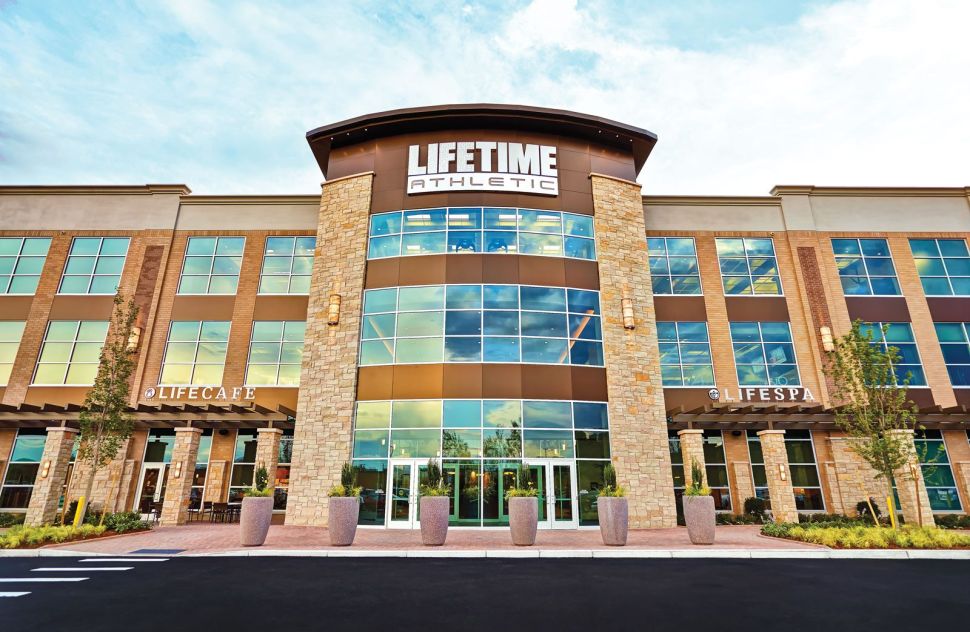In its second earnings call since going public last September, Life Time Holdings Group joined other brick-and-mortar operators on the rebound.
Believing pandemic headwinds to be behind them—and once again topping $1B in sales—Life Time will ride its end-of-year momentum into a bold growth strategy for the year ahead.
Life Time Turnaround
Despite sizeable losses, Life Time’s Q4 2021 earnings report was a radically different story from last year:
- Q4’21 revenue was $360.5M, a 57.8% increase from the same period of 2020.
- Comparable gym sales rose 52%, while memberships grew 29.6% to ~650K.
- Adjusted EBITDA increased to $48M from $(18M).
- Net loss was $(304.8M).
Full-year revenue topped $1.3B, gaining 39% YoY, while net losses neared $580M. Of note, Life Time’s 2019 revenue was $1.9B with $30M net income.
Attempting to get out of the red, Life Time recently announced a sale-leaseback agreement for four of its properties valued at $175M. Moving into 2022, it’s projecting $1.8–1.9B in revenue.
Inside the Call
Life Time operates high-end health clubs in affluent suburbs, counting 151 locations, plus three wellness-focused residential complexes and 10 coworking spaces.
On the earnings call, CEO Bahram Akradi was adamant Life Time would “decisively” continue a multi-pronged growth strategy already in motion.
Rise of the Athletic Country Club. Life Time has long defined its premium gyms as athletic resorts. In the call, the phrase has become “Athletic Country Club.” More than a third space, Life Time focuses on live-work-play developments — its massive complexes house studios, gym floors, sports courts (indoor and outdoor), pools, lounges, and more. It opened six centers in 2021 and aims for 12 in 2022.
Pickleball mania. Along with the development of a pickleball-only facility in Minnesota, the health club operator said it’s committed to being “the largest indoor pickleball provider in North America.” To date, Life Time offers pickleball at more than 120 of its locations and, over the next two years, will feature 400 dedicated courts nationwide.
Premium dues. In Q4, the average monthly dues per membership were $135, up 30% YoY. Doubling down, Life Time plans to raise legacy membership prices higher while also opening new clubs that fetch a super-premium monthly fee.
Talent wars. Pre-pandemic, Life Time had 3,700–3,800 personal trainers in its ecosystem. Currently, they have 2,700 personal trainers on staff. The group has made rebuilding its personal training business a central tenet to hitting its new revenue growth goals, as well as carrying its premium image across its programming. But, they’ll have to fight tooth and nail to get the best of the best.
Omnichannel. While Life Time invests heavily in its properties, it has fully embraced the hybrid model. Life Time has 25 studios in its ecosystem equipped to livestream workouts to its app, Life Time Digital.
Takeaway: Life Time is ready to pour it on, attempting to woo new members with an unrivaled experience. However, with rates soaring over $150/month, being everything to everyone isn’t realistic. As in-person fitness normalizes, gym-seekers’ choice between $10 Planet Fitness dues and an Athletic Country Club lifestyle will be interesting to watch.
 Life Time
Life Time


